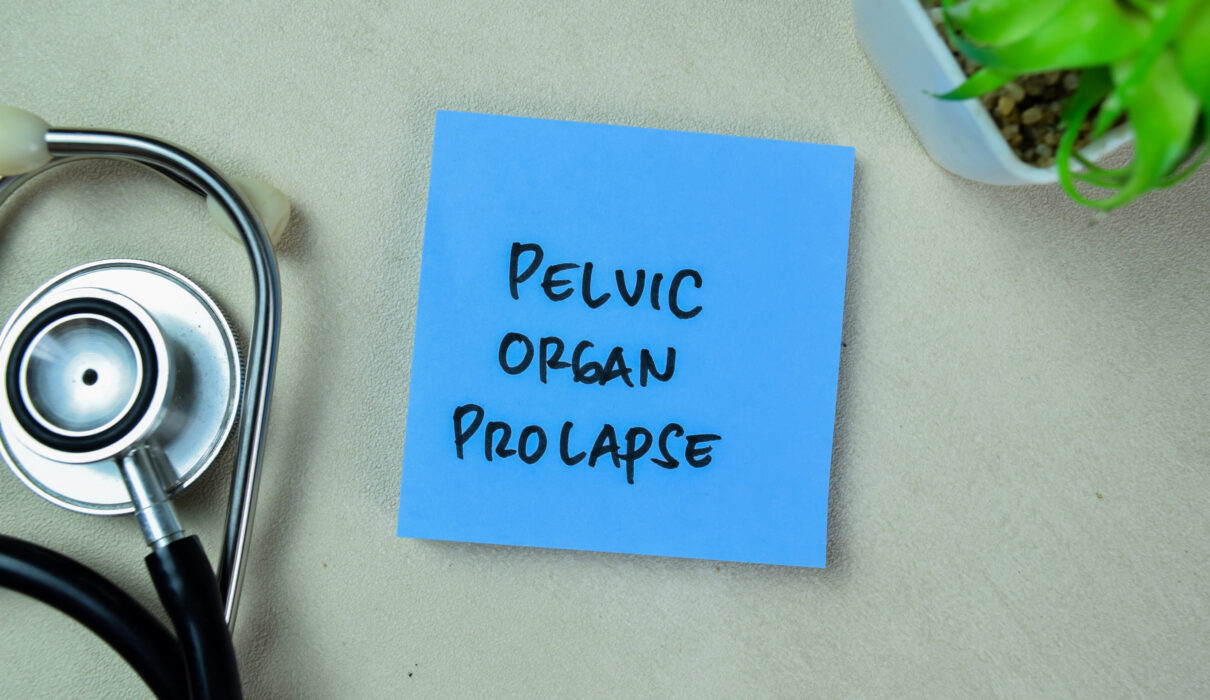Pelvic prolapse is a prevalent yet often misunderstood condition that affects many women worldwide. Despite its prevalence, numerous myths and misconceptions surround pelvic organ prolapse (POP), leading to confusion and anxiety among those affected. In this article, a prolapse specialist helps to debunk common myths about this pelvic floor problem, providing clarity and understanding about this condition, as well as talking about how to find the best prolapse surgeon in Melbourne.
Myth 1: Pelvic Prolapse Only Affects Older Women
One of the most prevalent myths about pelvic prolapse is that it only affects older women. While it’s true that the risk of pelvic prolapse increases with age due to factors like weakened pelvic floor muscles and hormonal changes, it can occur in women of all ages. Pregnancy, childbirth, heavy lifting, chronic constipation, obesity, and certain medical conditions can also contribute to pelvic prolapse, making it important for women of all ages to be aware of the condition and its risk factors.
Myth 2: Pelvic Prolapse Is Rare
Contrary to popular belief, pelvic prolapse is not rare. In fact, it’s estimated that up to half of all women will experience some degree of pelvic organ prolapse in their lifetime. While not all cases require treatment, understanding the prevalence of pelvic prolapse can help reduce stigma and encourage women to seek help if they experience symptoms.
Myth 3: Pelvic Prolapse Is Just a Normal Part of Aging
While pelvic prolapse becomes more common with age, it is not a normal part of the aging process. Pelvic organ prolapse occurs when the pelvic floor muscles and ligaments weaken, allowing the pelvic organs (such as the bladder, uterus, or rectum) to bulge into the vagina.
While aging can contribute to pelvic floor weakness, other factors such as childbirth, obesity, and chronic constipation can also play a significant role. It’s essential to recognise pelvic prolapse as a medical condition that can often be effectively treated or managed with the right interventions.
Myth 4: Pelvic Prolapse Is Always Painful
While pelvic prolapse can cause discomfort and other symptoms such as pelvic pressure, urinary incontinence, and difficulty with bowel movements, it’s not always painful. Some women with pelvic prolapse may experience mild symptoms or none at all.
However, the absence of pain doesn’t mean that pelvic prolapse should be ignored. Even without significant symptoms, pelvic organ prolapse can impact a woman’s quality of life and should be evaluated by a healthcare professional.
Myth 5: Surgery Is the Only Treatment Option for Pelvic Prolapse
While surgery may be necessary for severe cases of pelvic organ prolapse, it’s not the only treatment option available. Many women can manage their symptoms through conservative measures such as pelvic floor physical therapy, lifestyle modifications, and the use of pessaries (devices inserted into the vagina to support the pelvic organs).
These non-surgical treatments can be effective in relieving symptoms and improving pelvic floor function, especially for women who wish to avoid or delay surgery.
Myth 6: Pelvic Prolapse Is a Sign of Poor Hygiene or Sexual Promiscuity
Pelvic prolapse has nothing to do with personal hygiene or sexual activity. It is a medical condition caused by factors such as childbirth, aging, and pelvic floor weakness. Blaming pelvic prolapse on hygiene or sexual behaviour perpetuates harmful myths and adds to the stigma surrounding the condition.
It’s essential to understand that pelvic prolapse is a medical issue like any other and should be treated with compassion and understanding.
Myth 7: Pelvic Prolapse Is Untreatable
While pelvic organ prolapse can be a chronic condition, it is treatable. There are various treatment options available, ranging from conservative measures to surgical interventions, depending on the severity of the prolapse and the individual’s preferences and health status. Seeking evaluation and treatment from a prolapse specialist specialising in pelvic floor disorders can help women find relief from their symptoms and improve their quality of life.
As you can see, debunking myths about pelvic prolapse is crucial for raising awareness, reducing stigma, and ensuring that women receive the care and support they need. By understanding the facts about pelvic organ prolapse, women can empower themselves to seek help, discuss their symptoms openly with prolapse specialists, and explore treatment options that best meet their needs and preferences.
How to Find the Best Prolapse Surgeon in Melbourne
For personalised care addressing pelvic floor problems, research Melbourne’s prolapse surgeons or specialists. Look for experience, patient testimonials, and a tailored treatment approach. Finding the best prolapse surgeon in Melbourne ensures comprehensive care, leading to optimal outcomes and improved quality of life. Looking for a prolapse specialist for your pelvic floor problem? Speak to Dr Naseem today.


